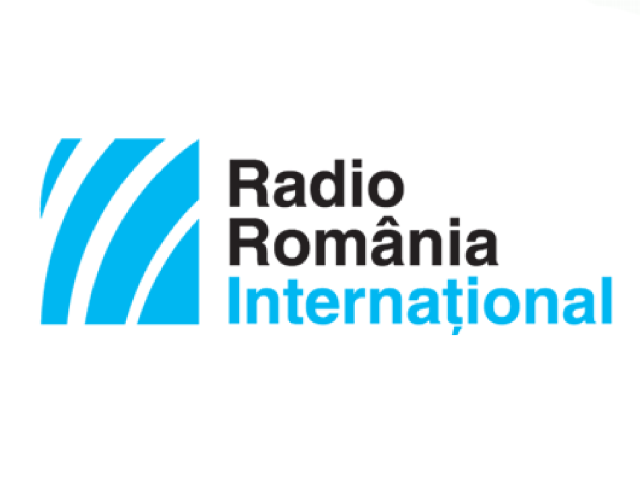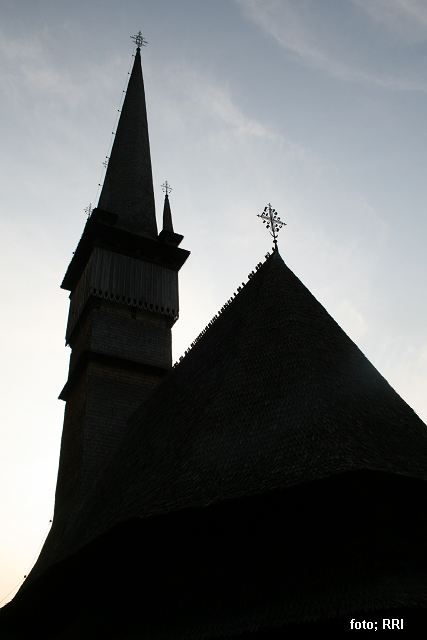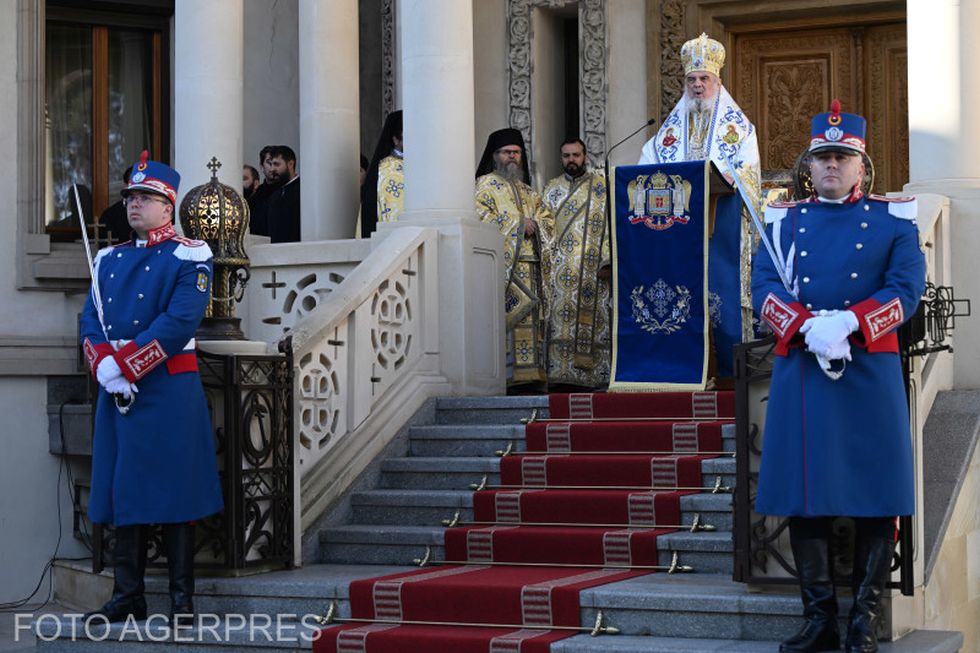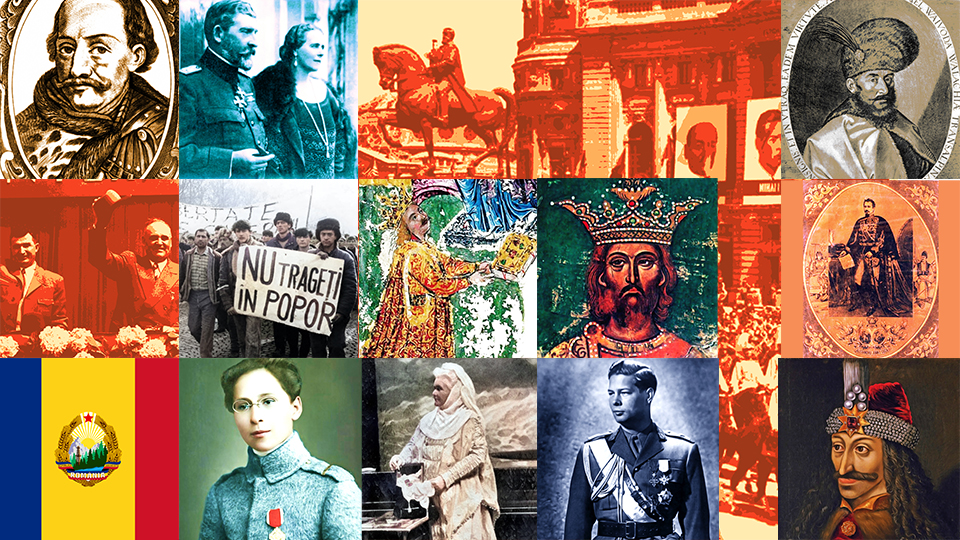Yiddish Culture in Romania
Yiddish language and culture used to cover a very large area of Central and Eastern Europe, from the Baltic to the Danube, with the latter being considered its southern border.

Steliu Lambru, 05.08.2019, 13:00
Yiddish language and culture used to cover a very large area of Central and Eastern Europe, from the Baltic to the Danube, with the latter being considered its southern border. It was the language and culture of Jewish people in the former Hapsburg and Czarist Empires, as far south as Romania. These people are almost gone, especially with the massive migration of the 1950s. In Romania, according to the 1930 census, 800,000 people had Yiddish as their primary language.
Research into the Yiddish language started in the late 18th century, especially by Jewish elites in the German space. This language had influences from all European cultures that Jews were a part of, blending local and Judaic culture. It was both national and transnational. The list of creative people that belonged to this ethnicity and culture is truly impressive. It includes writers like Shalom Alehem and Yitzik Mangher, the latter being the most popular poet and novelist writing in Yiddish. May 30, the writers birthday, is the international day celebrating Yiddish language and culture.
Camelia Craciun teaches Judaic culture at the Foreign Language Department with Bucharest University, and she sketched for us a presentation of this language and culture:
“Yiddish is the language of the Ashkenazi community, the Eastern European Jewish community. It was a language that was spoken for over a millennium in Eastern Europe, from the Baltic to the Danube. The latter is the southern border of this culture, with the Sephardic culture populating the southern parts, which spoke Ladino. In Romania, naturally, most of the Jews, up to the 20th century, were speaking Yiddish, a language related to German, but a distinct one, written in Hebrew characters. The German component is very important, grammatically and lexically. It has assimilated elements of Eastern European cultures, such as Polish, Russian, Ukrainian, in addition to its Aramaic and Biblical Hebrew elements. It was a very flexible language, able to adapt to the social and historical realities in areas it was spoken. This explains its exceptional diversity.”
Yiddish was a very active culture, with its own schools, theater, printed press, and political writings. Here is Camelia Craciun speaking about that:
“One of the directions of my research, which I love talking about, is the history of theater in Yiddish, which practically began right here in Romania. In 1876, of all the European countries that had speakers of the language, the city of Iasi, in northern Moldavia, had the context to be the root of this phenomenon, which spread as far as the USA. Its founder was Abraham Goldfaden, a Russian Jew who settled in Iasi around the War of Independence. He is probably the best known person who created in Yiddish, and he comes from Romania. There was also Yitzik Mangher, a writer that I republished last year, with his famous novel The Book of Heaven, which is purportedly a kids book, but is in fact a funny book for any age. His poetry was translated in many languages. I can also mention fable writer Eliezer Steinberg, poet Jacob Groper, and the great director Jacob Sternberg, who had a great influence on Romanian theater in general. As far as I could find out, there were no women writers in Yiddish, but poet Nina Cassian did many translations of poems into Romanian, but she was a Romanian language writer.”
The press was the medium used by Yiddish language intellectuals to communicate with their peers, but also with a larger community, outside the countrys borders. Camelia Craciun:
“The Yiddish language press is a little researched area, but is extremely interesting, especially given how large a population it was addressed to, especially in the 19th and 20th centuries. In Iasi, for instance, where almost half of the population was of Jewish descent, most of them Yiddish speakers, was a great center for that press. One of the first publications in Yiddish appeared there around 1850. It was a very dynamic press, which fluctuated very much for economic reasons, a lot of these publications were short lived, and reflect the social, political, and cultural reality of the moment. Between the wars, and especially after the Holocaust, the Yiddish language press went into decline, but in the 1950s the national radio station was broadcasting in this language. Until recently, several publications had pages in Yiddish, such as Jewish Reality, published by the Federation of Jewish Communities in Romania, which makes it a point of pride to have such a page to this day.”
Right now, the Yiddish language and culture are practically extinct in Romania, a thing of the past, but they continue to be a rich source of inspiration for the present.






























